Search
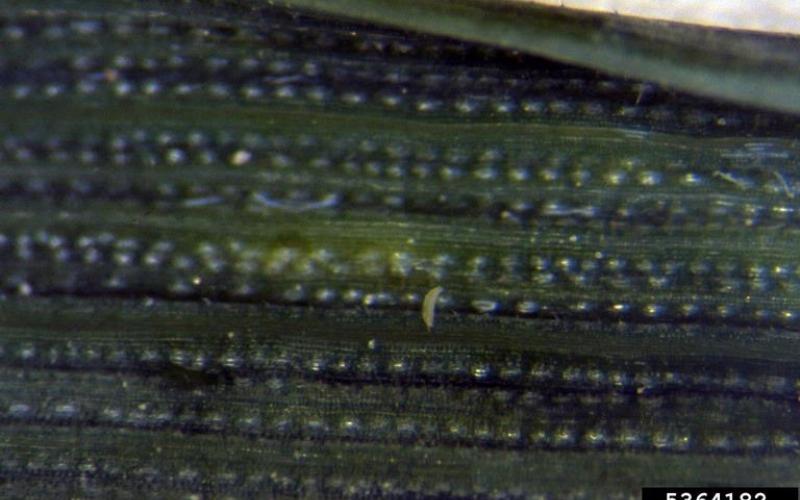
Managing Wheat Curl Mite
Wheat curl mite is one of the more difficult pests to manage in wheat. This is in part due to the limited options available for preventing populations from infesting a field and rapidly reproducing.
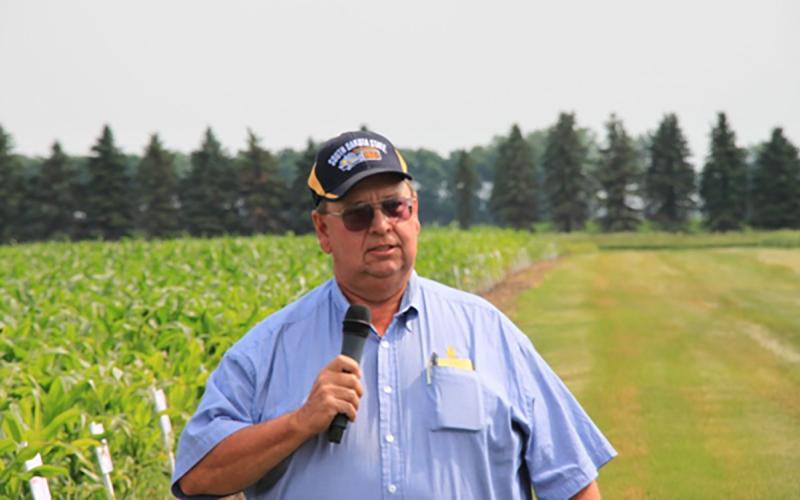
Paul O. Johnson Retires After Dedicated Career in SDSU Extension
June 08, 2022
Paul O. Johnson, SDSU Extension Weed Science Coordinator and Northeast Research Farm Coordinator, is retiring after a dedicated 33-year career supporting the people of South Dakota in his role at SDSU Extension.
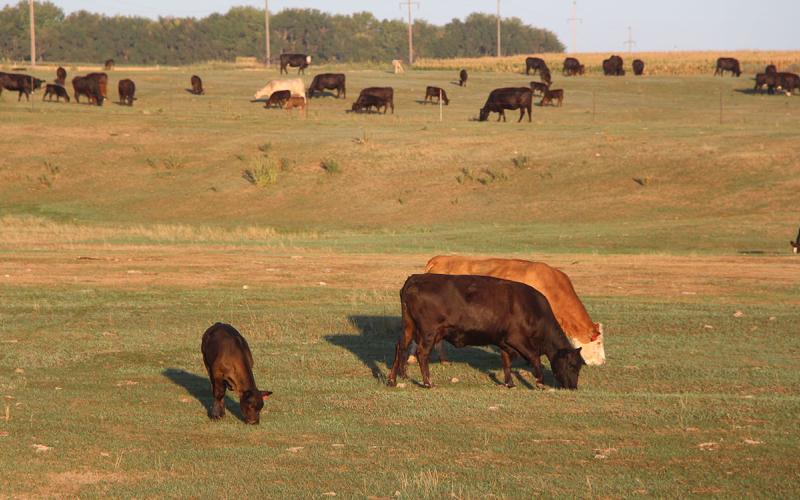
SDSU Extension Provides Drought Management Resources
June 08, 2022
The U.S. Drought Monitor continues to classify parts of South Dakota in some level of drought. SDSU Extension has a variety of tools and resources to assist producers with drought decision making.
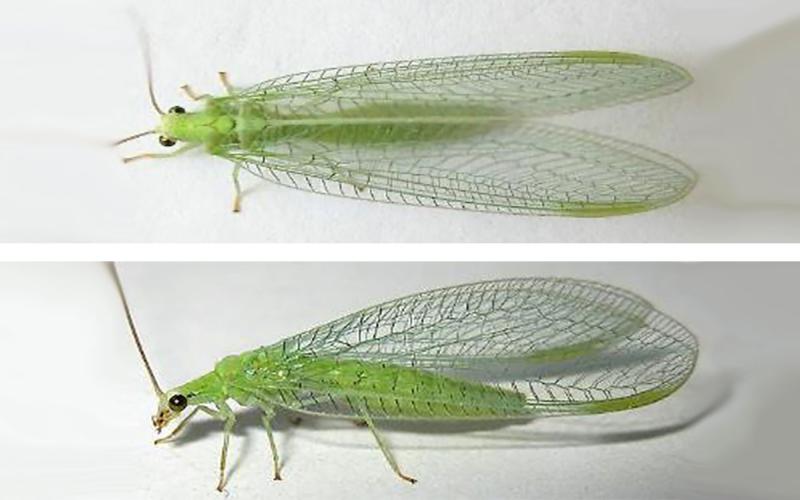
Green Lacewings: Beneficial Predators for Both Small and Large-Scale Landscapes
Many insect species are beneficial to landscapes, and some are even reared in large quantities to be released as biological control agents. In this article, we will focus on one of those insects, the green lacewing.
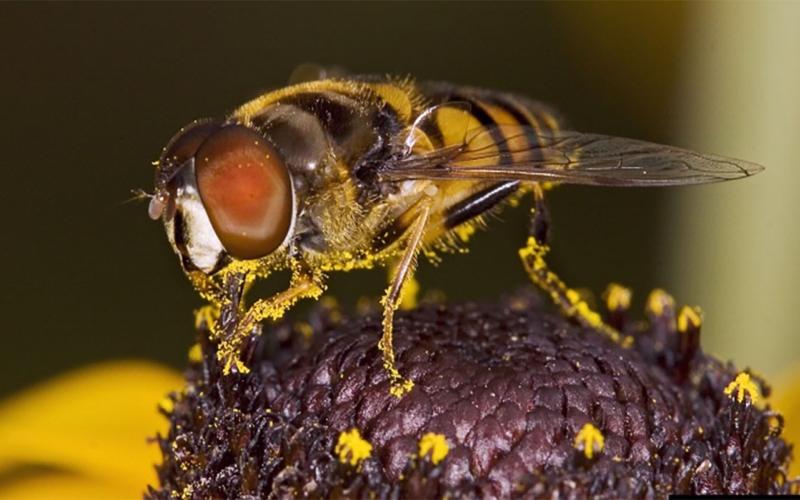
It’s a Bee! It’s a Wasp! No, It’s a Hover Fly!
Many types of insects are responsible for some degree of pollination in landscapes. In this article, we will focus on the syrphid fly as both an important pollinator and a beneficial insect predator.

Bean Leaf Beetles Active in South Dakota
Soybeans in South Dakota are being targeted by the overwintering population of bean leaf beetles. See our latest activity report from around the state, along with scouting and management recommendations.
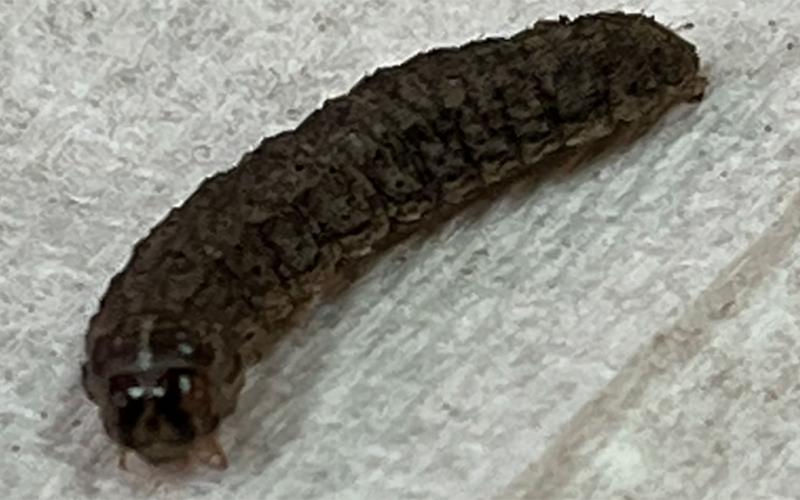
Dingy Cutworms Observed in South Dakota Crops
Dingy cutworms have been reported in South Dakota crops, and their activity is likely to continue for at least another couple of weeks.
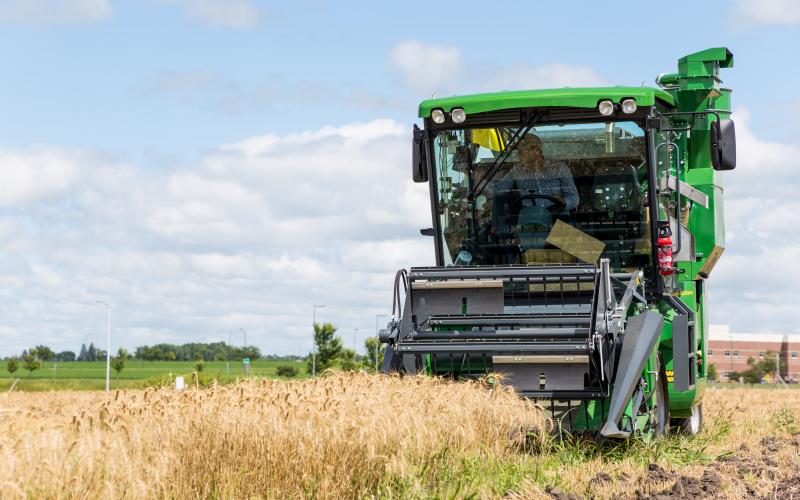
Growth Stages of Wheat
Management decisions in wheat production are almost always based on growth stages of the crop. So it is important for wheat producers to be familiar with these growth stages.
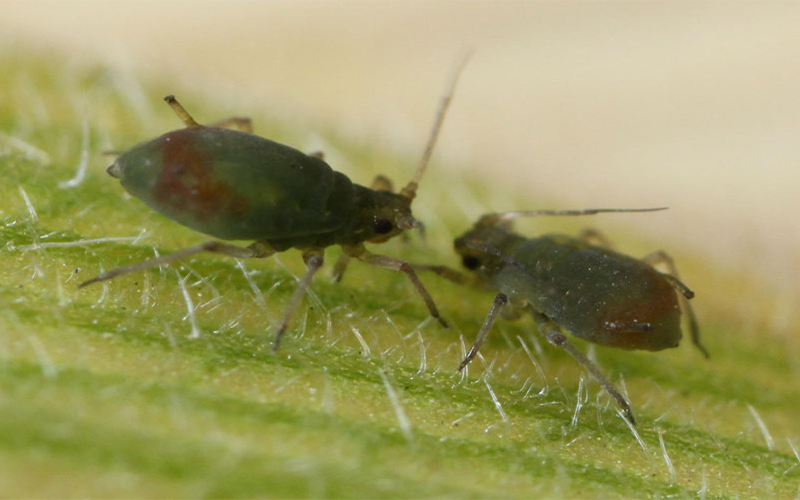
Low-Level Aphid Populations Present in Wheat
We are starting to receive reports of aphid populations in wheat fields throughout much of South Dakota. At this point in the season, weekly scouting is the best bet to monitor the populations.
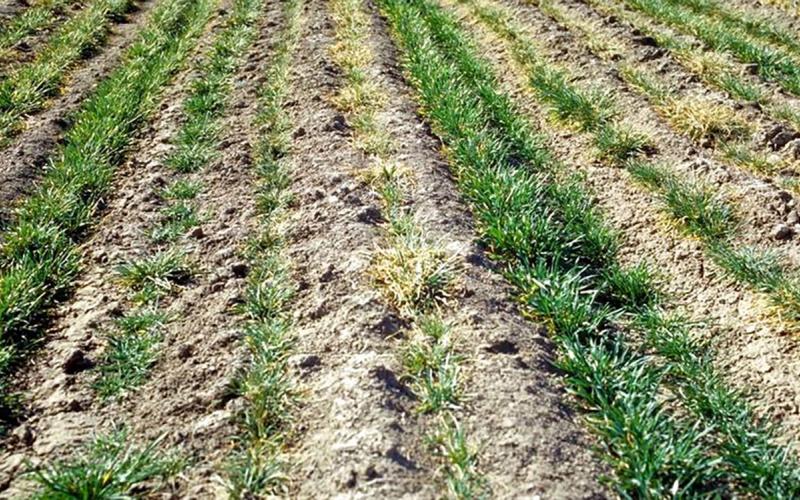
Brown Wheat Mites Active in South Dakota Wheat
There have been reports of brown wheat mites active in wheat in central and western South Dakota. To date, reports have been for minor infestations, but severe infestations are possible.